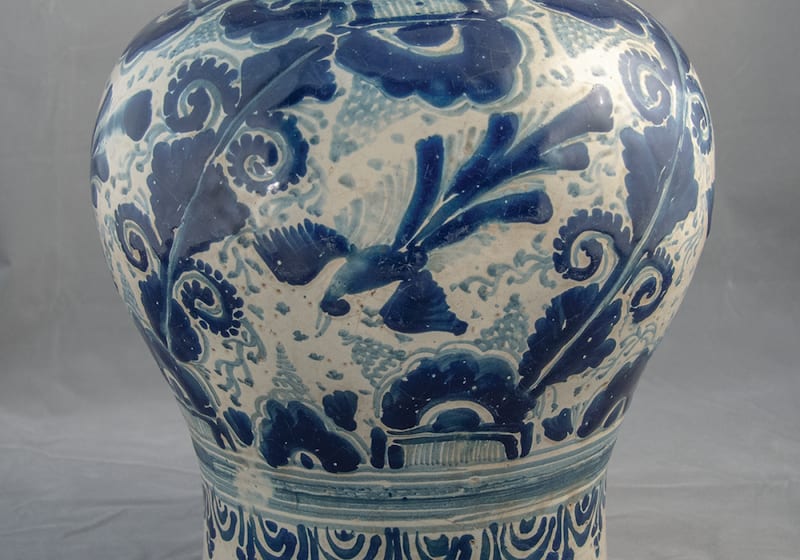
Functional and beautiful, decorative arts are an expansive category that includes ceramics, glassware, metalware, furniture, jewelry, textiles, and more.
In medieval Europe, there was no distinction between fine and decorative arts. The materials, labor, and skill required to produce something determined its cost.
In the 1500s, art theorists such as Giorgio Vasari radically reimagined artistic value. For Vasari, a fine artist was a genius with a creative vison that transforms even humble materials into something precious and unique.
Craftspeople, who often worked collaboratively or anonymously, made decorative arts that could be easily replicated by other craftspeople. These ideas helped raise the status of the artist in Renaissance Europe and influenced many artists and collectors in Europe and the United States, but in other parts of the world the distinction between fine and decorative art is rarely useful or accurate.
Like any other kind of art, decorative arts require the highest levels of creativity, intelligence, and skill to produce. They reveal a great deal about the global exchange of tastes and technologies, about commerce, imperialism and colonialism, domestic life, food cultures, and much more.
They also give us greater insight into the contributions of women and people of color, who were more likely to be involved in trades that made objects now considered to be decorative art than they were in art academies and studios, which were predominately white, male spaces.
Reinstallation curated by Maureen Warren, Curator of European and American Art, with assistance from curatorial interns Ivan Cherniakov, Maria Dorofeeva, and Diana Liao



